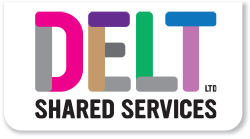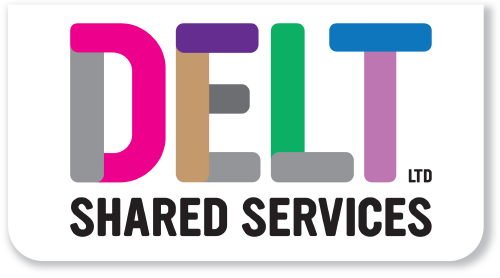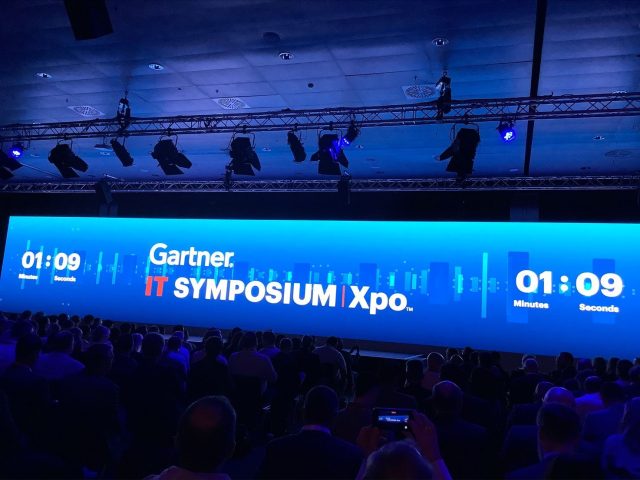
The representation of women in ICT
When I first started in ICT in the early 1970’s, it was quite clear then that the more mundane areas of work were predominantly staffed by women. Such as Data Prep including supervisors and Computer Room shift working. Men were predominantly in technical support, and programming applications type roles and of course management.
As we moved to the late 70’s and early 80’s there was a noticeable change in the balance of men to women with the advancement of computer technology. There were more evenly balanced levels of shift workers with men still dominating the leading roles. There was an influx of contract programmers and techies which brought in a few females but we were still in the minority as the need for mass data input had evolved beyond the requirement for a team of data preparation staff and this area was made redundant.
I was fortunate enough to move into technical support before this happened, after a chance request to move into this area if a post became available. Three days later there I was, learning how to change a hard disk drive on one of the first six PC’s that the Dockyard had bought. This is where I also discovered how hard it was to progress in this area and be thought competent enough to do a good job. How lucky I was to have a manager who believed in me and invested in me.
I was the only woman in the technical support environment at that time and so it was for a good few years with any technical training courses or seminars I went on. I would very often find that any other female on the same training course as me, were mostly Polish and didn’t speak much English. They had been sent on the courses just to get the training materials to take back to Poland.
By the time I left the Dockyard in 1996, I was still the only female in a technical role. There were six females and four males on the Helpdesk. All male shift teams and all male managers and team leaders.
There are certainly more women employed by Delt in ICT roles for which they should be applauded but it still seems difficult to break into the industry where there are still low numbers flying the flag for us.
There also still seems to be a lack of girls wanting to get involved in the world of ICT. Whether they look at it as being a mans world and not for them I don’t know, but we need more females to change that rationale and get into ICT.
Women fought a very long hard battle to break into mainstream football. It took many years, many knock backs but they got there. Breaking into all levels of ICT may take longer for a balanced representation but we can get there too if we have a mind to.
Lynne Satterley, IT Technician





















